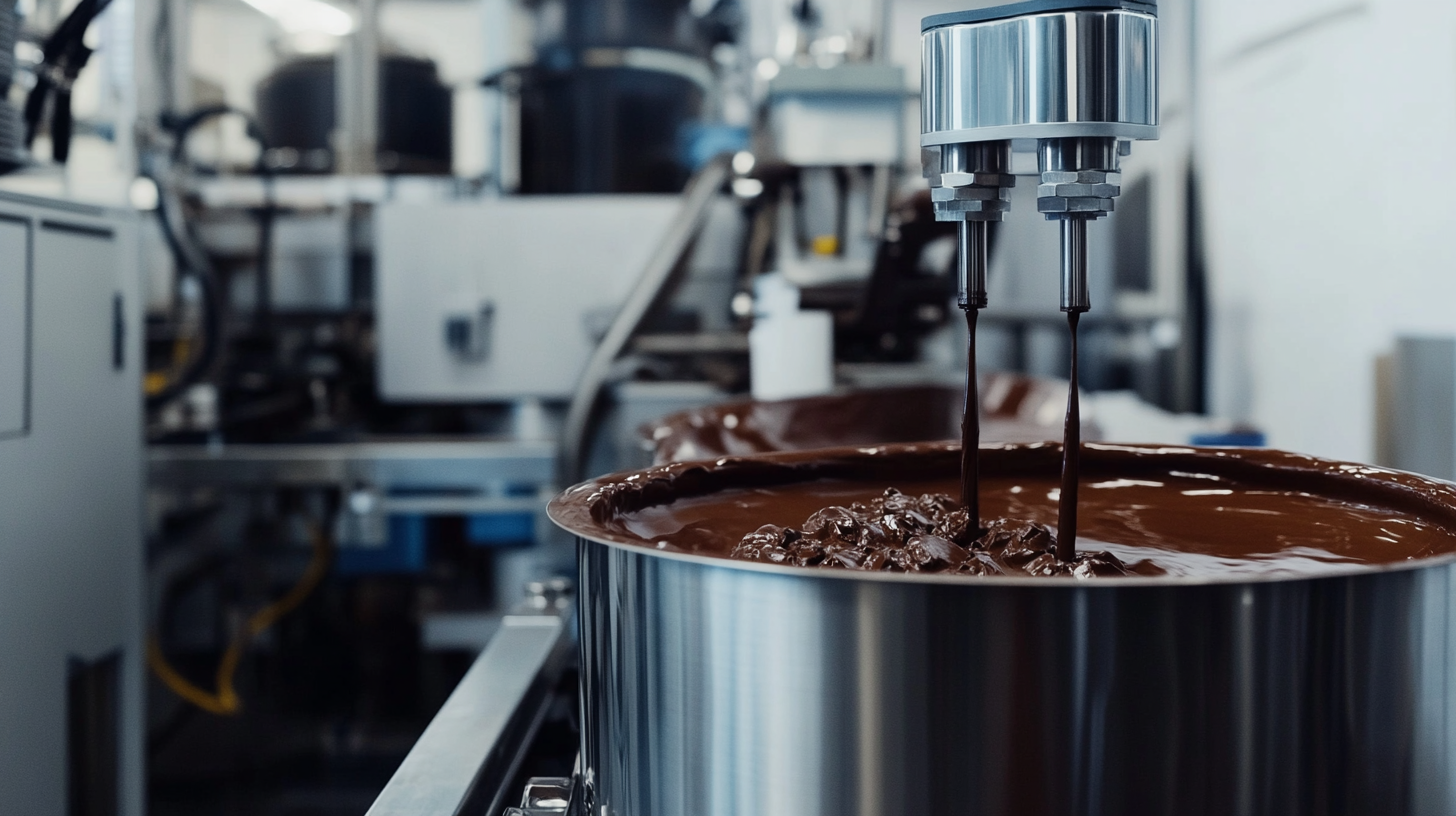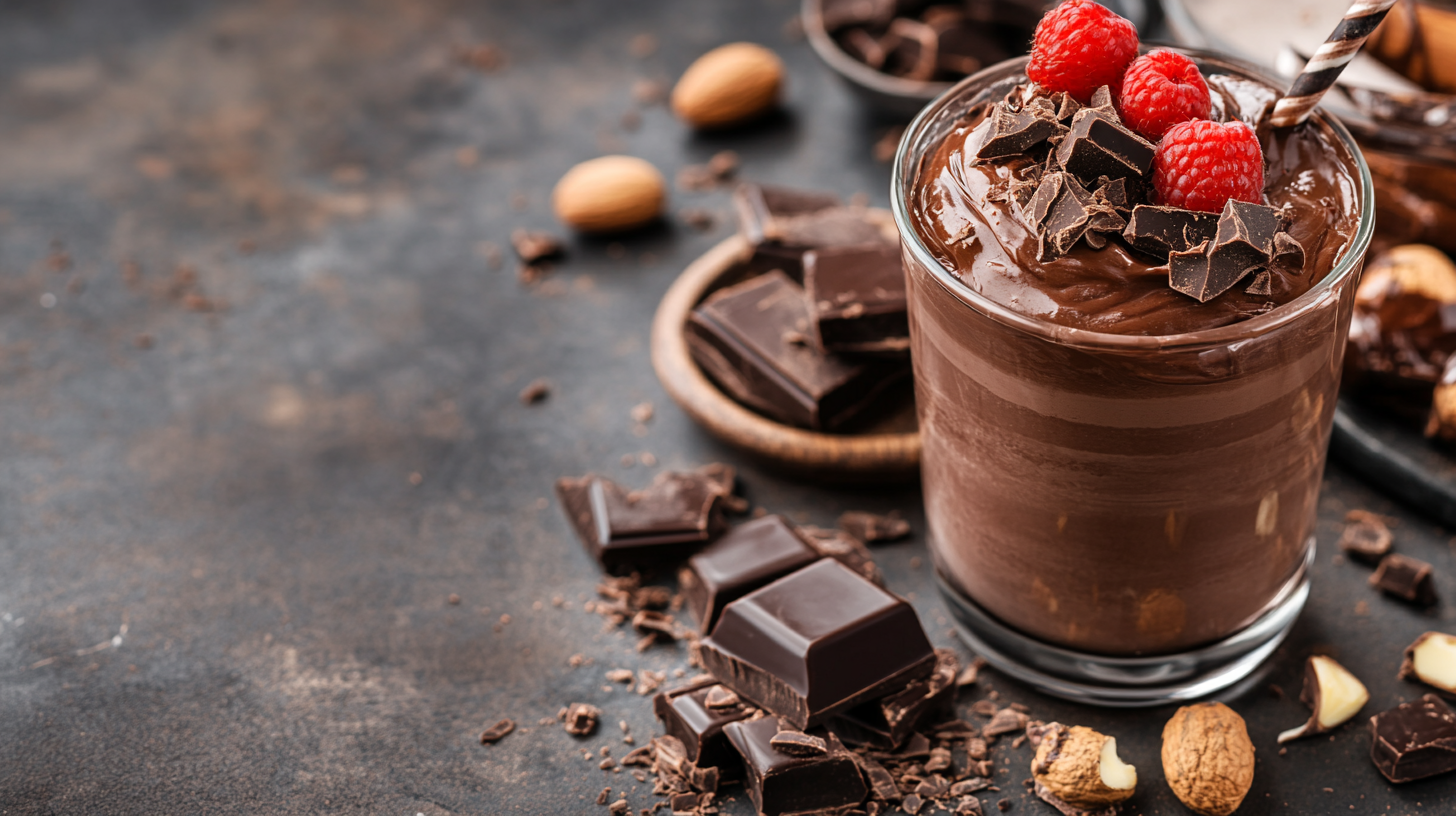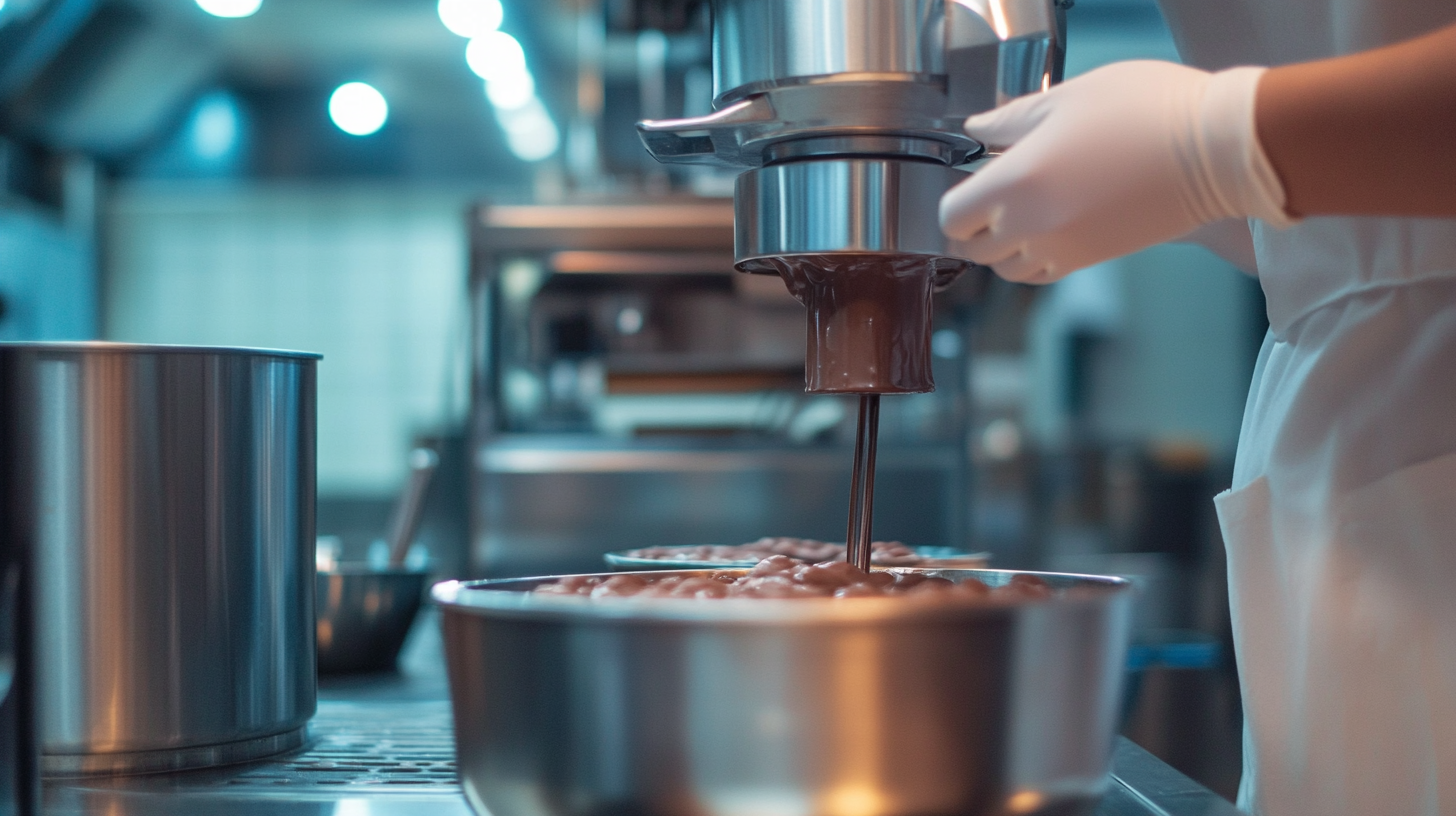In the world of chocolate production, selecting the right equipment can significantly influence the quality and consistency of the final product. One of the most critical machines in this process is the Chocolate Mixing Machine. This vital piece of equipment not only combines various ingredients but also ensures that the chocolate achieves the desired texture and flavor profiles. With so many options available on the market, it can be overwhelming for producers—both new and seasoned—to determine which machine best meets their specific needs.
To help you navigate this decision-making process, we have compiled seven ultimate insights that highlight key considerations when choosing a Chocolate Mixing Machine. From understanding the different types of mixers to evaluating their capacity and efficiency, these insights will equip you with the knowledge needed to make an informed choice. Whether you are a small artisanal chocolatier or a large-scale manufacturer, the right mixing machine is essential for elevating your chocolate-making process and, ultimately, delighting your customers.

When selecting a chocolate mixing machine, it’s crucial to consider several key features that can significantly impact your production efficiency and output quality. One of the primary aspects to evaluate is the machine's capacity. Ensure that the mixer can handle the volume of chocolate you plan to produce, as an inadequate capacity may lead to inconsistencies in your batches and longer processing times. Additionally, consider the mixer’s versatility; it should be able to blend various types of chocolates and incorporate other ingredients seamlessly to create unique flavors. Another important feature to look for is the technology used in the mixing process. Modern chocolate mixers often employ advanced technologies that enhance the mixing efficiency and reduce the time required for proper blending. Features such as variable speed control allow for precise adjustments, enabling you to experiment with different textures and consistencies. Furthermore, the ease of cleaning and maintenance should not be overlooked. A machine that can be easily disassembled for cleaning will save time and ensure that your chocolate production meets hygiene standards. Finally, pay attention to the build quality and materials used in the construction of the machine. Investing in a durable mixer made from high-quality materials will ensure longevity and reliable performance, even under heavy usage. Additionally, consider the energy efficiency of the machine, as a model that conserves energy can reduce operational costs in the long run. By focusing on these key features, you can select a chocolate mixing machine that not only meets your production needs but also contributes to the quality of your final product.

When it comes to chocolate production, selecting the appropriate mixing machine is pivotal to achieving high-quality results. There are several types of chocolate mixing machines available on the market, each tailored for specific applications. For instance, batch mixers are known for their efficiency in creating small, manageable quantities, making them ideal for artisan chocolatiers. Conversely, continuous mixers are designed for large-scale production, allowing manufacturers to maintain a steady output while ensuring uniform consistency in the final product.
According to a market research report by Grand View Research, the global chocolate processing equipment market was valued at approximately $4.5 billion in 2022 and is expected to expand at a compound annual growth rate (CAGR) of 5.2% through 2030. This growth is driven by the increasing demand for specialized chocolate products and the integration of advanced technologies in chocolate mixing systems. Equipment such as conching machines, which refine chocolate's texture by mixing and aerating it over time, play a crucial role in this industry, providing manufacturers with the ability to produce smoother and richer chocolate.
Moreover, some machines feature a combination of mixing, refining, and conching processes, which can optimize production by reducing the number of separate steps required, ultimately saving time and operational costs. The choice of machine should also consider factors such as capacity, energy efficiency, and the specific characteristics of the chocolate being produced, which are critical to maintaining quality while meeting demand. Understanding these various types and their applications is essential for any chocolatier or manufacturer looking to enhance their production capabilities and stay competitive in the market.

When it comes to selecting the right chocolate mixing machine, evaluating size and capacity is paramount for optimizing production efficiency. The perfect fit depends on your specific production needs and the scale at which you operate. A small artisan chocolate maker, for instance, may prioritize a compact machine that allows for creative experimentation with various recipes without overwhelming their workspace. Conversely, larger manufacturers will require machines with greater capacity to handle high-volume production while maintaining consistent quality.
Understanding the output requirements is crucial. Assessing the volume of chocolate you plan to produce daily will guide you in choosing the right machine size. If your production scales fluctuate, consider a versatile mixing machine that can accommodate both small and large batches. Additionally, take into account the physical dimensions of the machine to ensure it fits seamlessly into your production area, allowing for efficient workflow and easy access for maintenance.
Another important aspect is the type of chocolate products you will be creating. Different formulations may necessitate varying mixing times and ingredient proportions, which can influence the decision on your machine's capacity. Machines that offer adjustable mixing speeds and capacities provide greater flexibility for experimenting with new flavors and designs, while still catering to bulk production needs. By carefully evaluating your size and capacity requirements, you can invest in a chocolate mixing machine that will support your production goals and facilitate growth in your chocolate-making journey.

When it comes to chocolate mixing machines, maintenance and durability are critical factors that directly influence the longevity and efficiency of your equipment. According to industry research, proper maintenance can extend the life of chocolate mixing machines by up to 30%, significantly reducing the need for costly replacements and repairs. Regular upkeep not only ensures consistent product quality but also enhances the overall productivity of chocolate manufacturing processes.
One of the key maintenance practices involves routine inspections of machine components, such as mixers, motors, and belts. A study from the International Journal of Food Engineering highlights that neglecting these routine checks can lead to a 40% increase in operational failures due to wear and tear. By implementing a scheduled maintenance plan, manufacturers can identify potential issues early and maintain optimal performance levels.
Additionally, the choice of materials used in chocolate mixing machines plays a vital role in their durability. High-quality stainless steel, for example, is favored for its corrosion resistance and strength, ensuring machines can endure the rigorous demands of chocolate production. Research indicates that investment in durable materials can result in a cost savings of nearly 25% over the lifespan of the equipment, as manufacturers face fewer disruptions and lower replacement costs. Prioritizing maintenance and selecting robust materials are essential strategies for anyone looking to invest in reliable chocolate mixing equipment.
When it comes to choosing the right chocolate mixing machine, budgeting wisely is crucial. The market for chocolate processing equipment has shown significant growth, with a recent report indicating that the global confectionery equipment market is projected to reach $13.5 billion by 2027, growing at a CAGR of 4.8%. This growth highlights a burgeoning demand for cost-effective and efficient chocolate mixing machines that maintain quality while being mindful of expenditures.
Cost considerations should begin with understanding the range of available options. Basic models can start as low as $2,000, offering essential features for small to medium-sized businesses. However, investing a little more in machines that incorporate innovative technology can lead to better results. Machines equipped with adjustable speed settings and temperature control tend to start around $5,000. These features can enhance the textural quality of chocolate, thus providing a competitive edge in a saturated market.
Moreover, manufacturers are increasingly providing financing options, allowing smaller enterprises to manage their budgets effectively while accessing higher-end equipment. According to the 2023 Cocoa and Chocolate Market Report, up to 30% of small businesses are adopting melters and mixers on a rental basis, enabling them to test the technology without significant upfront costs. Hence, when selecting a chocolate mixing machine, evaluating long-term cost-saving benefits over immediate price tags is essential for fostering business growth.
For more information, fill out our contact form